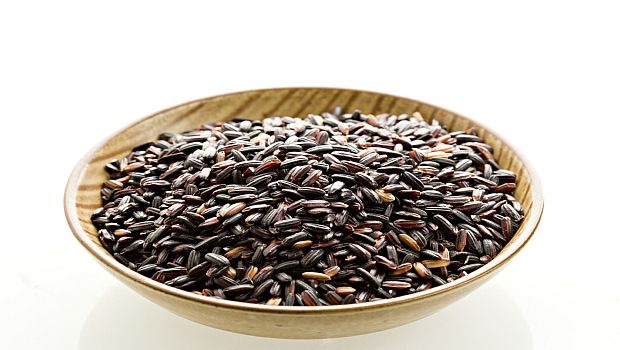As consumers advocate for their foods to be reconstructed with healthier, recognizable ingredients, several ingredients have fallen under their watchful eyes, one being butylated hydroxytoluene (BHT). BHT is attractive to formulators because of its antioxidant activity, among other attributes, so finding suitable alternatives can be a bit of challenge. A potential replacement is black rice bran, as it contains phenolic compounds of a high antioxidant activity.
February 12, 2015

As consumers advocate for their foods to be reconstructed with healthier, recognizable ingredients, several ingredients have fallen under their watchful eyes, one being butylated hydroxytoluene (BHT). BHT is attractive to formulators because of its antioxidant activity, among other attributes, so finding suitable alternatives can be a bit of challenge.
A potential replacement is black rice bran, as it contains phenolic compounds of a high antioxidant activity. A new study published in the Journal of Food Science found extracts of black rice bran are a rich source of naturally occurring phenolic compounds, with two fractions in particular—ethyl acetate fraction and subfraction 2—that have potential for use as functional food additives in breakfast cereals, snacks, breads, beverages, cakes, cookies and other foods because they have stronger antioxidant activity than BHT (J Food Sci. 2015;80(2):C262-68).
Researchers sequentially fractionated the 40-percent acetone extract of black rice bran to obtain five fractions. Out of the five fractions, ethyl acetate fraction was subfractionated using chromatography. The antioxidant activity of phenolic compounds in the extracts was investigated. The subfraction 2 from ethyl acetate fraction had the highest total phenolic contents (TPC) and the lowest half maximal effective concentration (EC50) values. These results were 3.1, 1.3, and 2.6 times lower than those of BHT, respectively. At a concentration of 100 μg/mL, the antioxidant activity and TPC of various extracts was closely correlated, with correlation coefficients higher than 0.86. The major phenolic acid in subfraction 2 was identified as ferulic acid. These findings identified ferulic acid as a major phenolic compound in black rice bran, and supports the potential use of black rice bran as a natural source of antioxidant.
You May Also Like




.png?width=800&auto=webp&quality=80&disable=upscale)